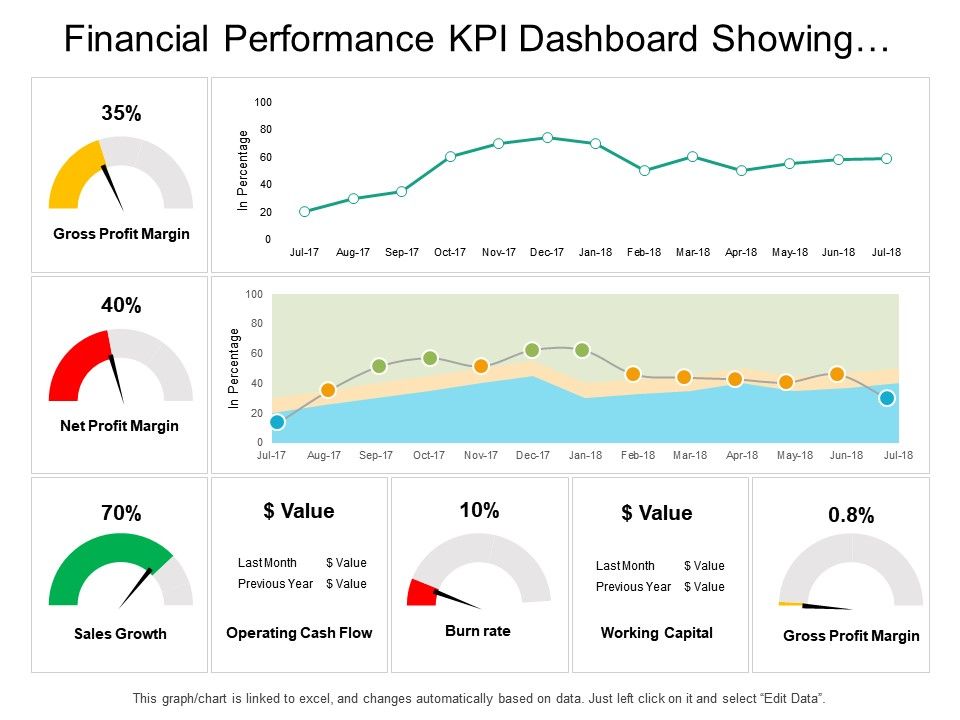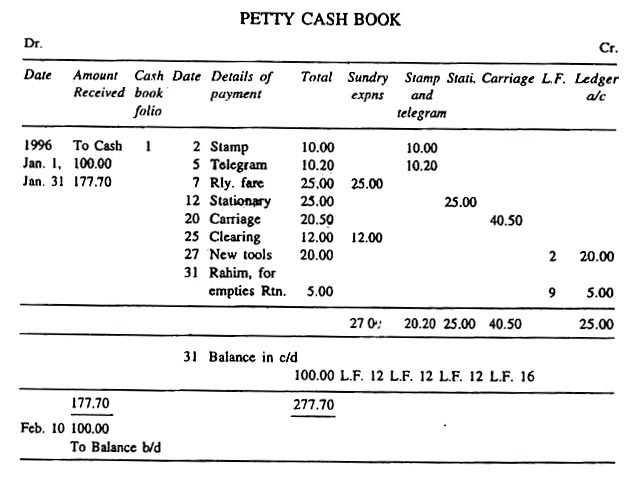test
2021/06/12
PRESENT VALUE ANNUITY FACTORS PVAF TABLE
キーワード:未分類


It is the discount rate that makes the net present value of an investment equals zero. The Internal rate of return method is widely used in discounting cash flow analysis, and also used for analyzing capital budgeting method. The annuity table consists of a factor specific to the series of payments an investor is expecting to receive at regular intervals and a particular interest rate. The number of payments is on the y-axis, and the rate of interest, or the discount rate, is on the x-axis. The intersection of the number of payments and the discount rate presents a factor that is multiplied by the value of payments, providing the present value of the annuity. • The internal rate of return is the discount rate providing a net value of zero for a future series of cash flows.
When NPV sets to zero, then it equates the present value of inflows and outflows, and this makes the IRR calculation more simple. After calculating the IRR, it should be compared with annuity table for irr the minimum required rate of return or cost of capital of the project. The internal rate of return is a method used to estimate the profitability of the potential investment.
PRESENT VALUE TABLE. Present value of $1, that is ( Present value of an annuity of 1 per annum receivable or payable for n years, commencing in one. Calculating Internal Rate of Return IRR using tables Demonstration Problem. Although I can’t remember what the trial was like really , they should let you try for more then 7 days, the Plus bundle is also really worth it and I love that the app has no adds on it. IRR shouldn’t be used to compare projects of different durations.

This discount rate can then be thought of as the forecast return for the project. If the IRR is greater than a pre-set percentage target, the project is accepted. The range C5 to E5 represents the investment’s cash flow range, and cells D10 and D11 represent the rate on corporate bonds and the rate on investments. If an investor paid $463,846 for a series of positive cash flows as shown in cells D178 to J178, the IRR they would receive is 10%.
FREE Calendar & Planner Excel Template for 2023
Get matched with a financial advisor who fits your unique criteria. Get personal finance tips, expert advice and trending money topics in our free weekly newsletter. Using either of the two formulas below will provide you with the same result. These reviewers are industry leaders and professional writers who regularly contribute to reputable publications such as the Wall Street Journal and The New York Times.
If the IRR return is higher, it is worthwhile to invest in the project. This annuity method of depreciation requires the determination of the internal rate of return on the cash inflows and outflows of the asset. The IRR is then multiplied by the initial book value of the asset, and the result is subtracted from the cash flow for the period to find the actual amount of depreciation that can be taken.
- After that, C7 denotes the equivalent Future value which you will get after the annuity period.
- The internal rate of return or IRR is a discounting cash flow method to determine the rate of return earned by the project excluding the external factor.
- C5 denotes the total investment which you pay to the insurance company.
- Suppose a company plans to invest in a project with initial investment amount of $10000.
- The general IRR decision rule is, if IRR of a project is greater than the company’s minimum acceptable rate of return then the project should be taken.
Based on the time value of money, the present value of your annuity is not equal to the accumulated value of the contract. This is because the payments you are scheduled to receive at a future date are actually worth less than the same amount in your bank account today. Though not as accurate, annuity tables are simpler to understand and easier to use than other methods of calculating the present value of an annuity. We are compensated when we produce legitimate inquiries, and that compensation helps make Annuity.org an even stronger resource for our audience.
How IRR and NPV Differ
Just as you regularly review your credit card statements, bank balances and investments, you’ll want to know the value of your annuity at any given point in time. As any expert in financial literacy will attest, your balance sheet is the foundation for everything from your budget to your retirement savings. An annuity table is a tool that simplifies the calculation of the present value of an annuity. Looking in the annuity tables, the rate with a two-year annuity closest to 1.75 is 9%.
Determine what the internal rate of return will be on those cash flows. Unlike net present value, the internal rate of return doesn’t give you the return on the initial investment in terms of real dollars. For example, knowing an IRR of 30% alone doesn’t tell you if it’s 30% of $10,000 or 30% of $1,000,000. IRR or internal rate of return is calculated in terms of NPV or net present value. Using the steps above, the IRR of an annuity costing $1,000 and paying $400 per year for five years is 28.65 percent. If you are looking at different annuities, select the one with the highest internal rate of return.
In this internal rate of return example, the investment required is 8475, and the net annual cost saving is 1500. This saving is equal to revenue and therefore considered as the net annual cash flow. The IRR uses cash flows and more specifically, relevant cash flows for a project. To perform the calculation, we need to take the cash flows of a project and calculate the discount factor that would produce a NPV of zero. The IRR can be defined as the discount rate which, when applied to the cash flows of a project, produces a net present value of nil.
The asset is then credited with a fixed amount of depreciation for each successive year. How much depreciation is assigned is calculated by using an annuity table. The amount that is depreciated depends on the interest rate and the lifetime of the asset in question.
You can find the exact present value of your remaining payments by using Excel. Although annuity tables are not as precise as annuity calculators or spreadsheets, the benefit of using an annuity table is the ease of calculating the present value of your annuity. The time value of money states that a dollar today is worth more than it will be at any point in the future. It makes sense when you consider that every dollar has earning potential because it can be invested with the expectation of a return.
The average annuity payment can range from $417 to $1,211 per month based on these factors. This is the rate if you assume that you will begin receiving immediate lifetime income at age 60. If you wait until age 70, your payments will begin at around $475 to $521 per month.
What is an Annuity Table?
An annuity table, or present value table, is simply a tool to help you calculate the present value of your annuity. Our expert reviewers hold advanced degrees and certifications and have years of experience with personal finances, retirement planning and investments. The method gives a result that is easy for management to understand and interpret – a percentage to be compared to a target. Study guide references E3, and refer explicitly to the Internal Rate of Return .
What Is the Annuity Method of Depreciation?
The annuity method of depreciation is useful for assets that have a high initial cost and a long life span, such as property and buildings secured under leases. It takes into account the interest lost on the money spent to buy the asset, which many depreciation methods don’t do. Once the internal rate of return is determined, it is typically compared to a company’s hurdle rate or cost of capital. If the IRR is greater than or equal to the cost of capital, the company would accept the project as a good investment. (That is, of course, assuming this is the sole basis for the decision. An annuity table typically has the number of payments on the y-axis and the discount rate on the x-axis.
How to Calculate Annuity Payments in Excel (4 Suitable Examples)
We may also, at times, sell lead data to partners in our network in order to best connect consumers to the information they request. Readers are in no way obligated to use our partners’ services to access the free resources on Annuity.org. An annuity table aids in finding out the present and future values of a sequence of payments made or received at regular intervals. Annuities are either lump-sum payments or multiple payments made at regular intervals.
When comparing different projects, IRR can help us determine the project’s likelihood of profit in future. A project with higher IRR should be given more weightage than project with lower IRR. You might want to calculate the present value of the annuity, to see how much it is worth today. This is done by using an interest rate to discount the amount of the annuity. The interest rate can be based on the current amount being obtained through other investments, the corporate cost of capital, or some other measure.
An annuity is a series of payments that occur at the same intervals and in the same amounts. An example of an annuity is a series of payments from the buyer of an asset to the seller, where the buyer promises to make a series of regular payments. We can use IRR function in Excel to calculate return from a series of even spaced cash flows. An investment’s internal rate of return, or IRR, can give you an idea of the investment’s profitability. In general, the higher the internal rate of return, the better, and a “good” investment is one in which the IRR is higher than the return you could get from doing something else with your money. If the investment is an annuity, you can find the IRR yourself by applying a formula.
Additionally, you can use them only with fixed payment amounts and interest rates. The financial management rate of return is a real estate measure of performance that adjusts for unique discount rates for safe and riskier cash flows. A money-weighted rate of return is the rate of return that will set the present values of all cash flows equal to the value of the initial investment. The annuity method of depreciation is a process used to calculate depreciation on an asset by calculating its rate of return—just as if it were an investment. It is commonly used with assets that have a large purchase price, long life, and a fixed rate of return. You can use special financial calculators (like,Ti-83,Ti-84 and HP 12c calculator) or programs like Excel.

